Italy is home to a staggering 60 UNESCO World Heritage Sites and being a country where history and beauty intertwine at every corner, it was an easy location to return to after 7 years to kick-off our epic adventure. Offering glimpses into the past from the ancient ruins of Rome, where the Colosseum stands as a testament to a mega empire, to the enchanting canals of Venice, Italy’s treasures are as diverse as they are captivating. In Florence, the birthplace of the Renaissance, art and architecture blend seamlessly in the Duomo and the Uffizi Gallery, while the hilltop towns of Tuscany share tales of wine recipes from centuries-old vineyards and chingale (wild boar) hunts. The awe-inspiring Amalfi Coast, with its dramatic cliffs and emerald seas, invites tourists to join the chaotic traffic marching through its scenic villages. In the quiet spaces of Pompeii and Herculaneum, the tragic beauty commands reverence to a moment frozen in time, prompting a reminder of the fragility of life.
Italy’s UNESCO sites are more than just places; they are living, breathing stories.
ITALY
The facts, some tips and a
whole lot of opinion.
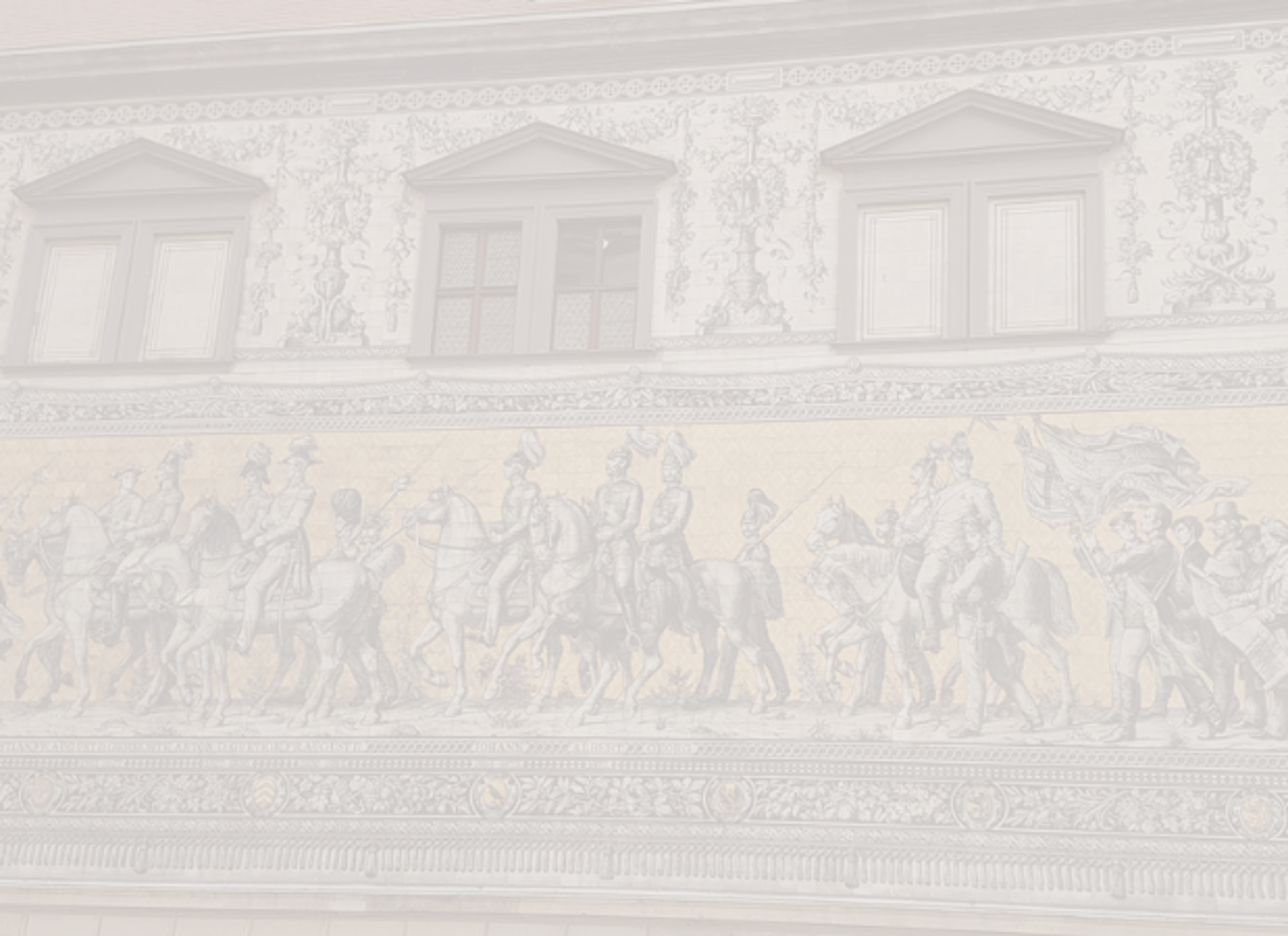
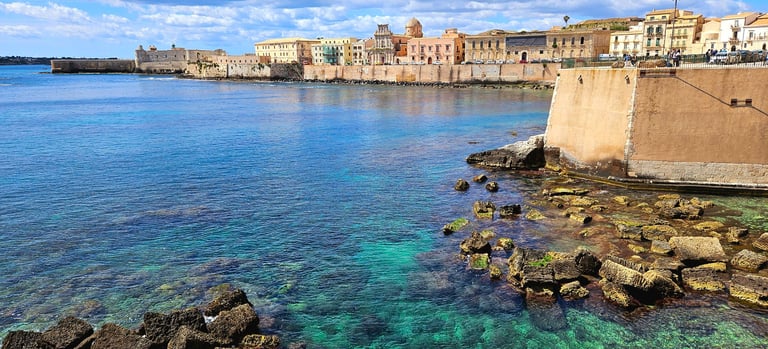

Exploring Syracuse & the Rocky Necropolis of Pantalica.
The facts; Southeastern Sicily offers a continuing and profound journey through time with the UNESCO World Heritage Site encompassing Syracuse and the Rocky Necropolis of Pantalica. Syracuse, once a dominant city in the ancient Greek world, provides a fascinating tale of history through its Neapolis Archaeological Park, historic Ortigia Island, and a combination of ancient and baroque architecture.
Approximately 40 kilometers inland, the Rocky Necropolis of Pantalica provides insight into prehistoric times. This site features over 5,000 tombs carved into limestone cliffs, accessed via a short hike through the hills, dating from the 13th to 7th centuries BCE. The area also contains remnants of Byzantine dwellings and chapels, highlighting the region's historic human activity.
Together, these sites illustrate the diverse, melting pot of cultures that have shaped Sicily over millennia.
The tips; Allow a few days to properly explore the region. Ortigia requires a day to experience the architecture. The archeological park in Syracuse is a couple of hours to visit due to its size, and the Necropolis of Pantalica is a drive inland then a few hours to complete all the walks.
The opinion:
Ortigia is a stunning breathe of fresh air on the coast with many beautiful buildings, alleys and lanes to discover. Stop and appreciate the views over the clear, azure water before enjoying the delicious local food at any of the cafes and restaurants.
The Necropolis of Pantalica is accessed via a stunning drive through the Sicilian countryside. The walk can be as long or short as you need with the first tombs appearing approximately 1 kilometer from the main entry. Sadly a number of the tombs were filled with rubbish when we visited. The Necropolis is not pet friendly and pets are turned back at the entry.
The Syracuse Neapolis Archeological Park is spread out and, disappointingly, offers very little of interest. The access has been well planned out but the site itself is boring and has been either grown over, covered over or not maintained and a number of large artworks have been placed around the site, detracting from its history. We did not feel it was worth the entry fee.
The cost; The only associated cost is the Neapolis Archeological Park.
Adults: €16.50 (includes a €3.00 surcharge for ongoing works)
EU citizens aged 18–25: €2.50
Under 18: Free
🐾✈️

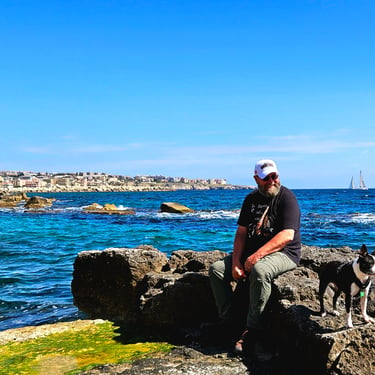

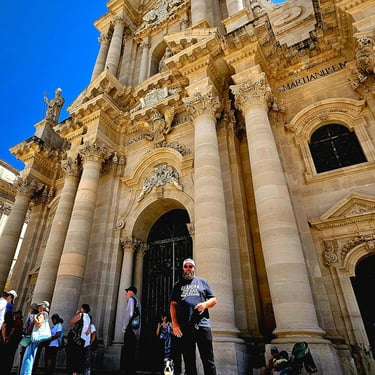


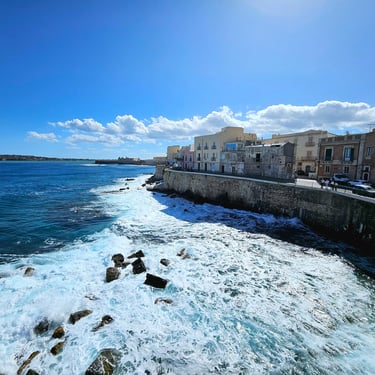
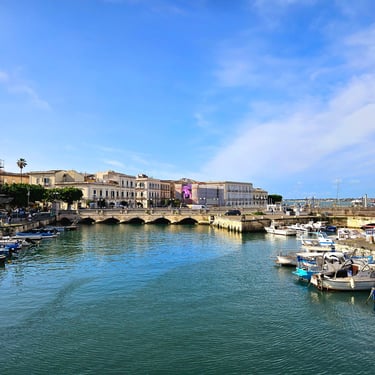
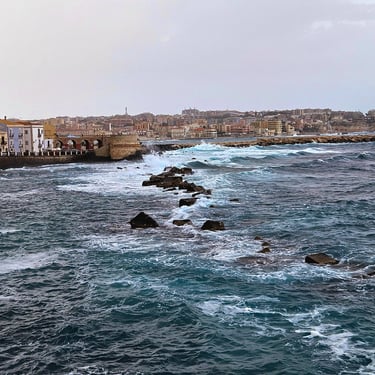
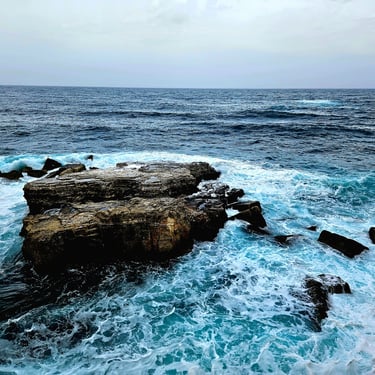
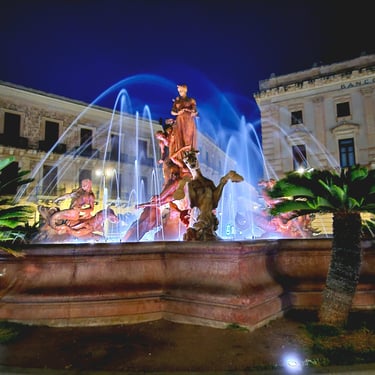

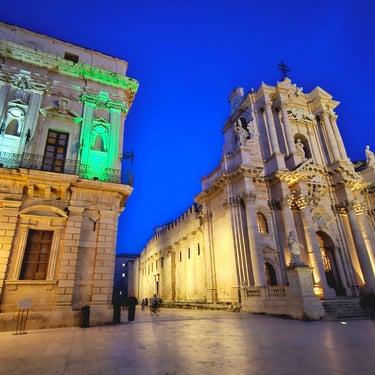
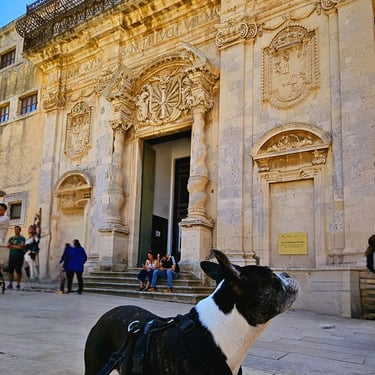
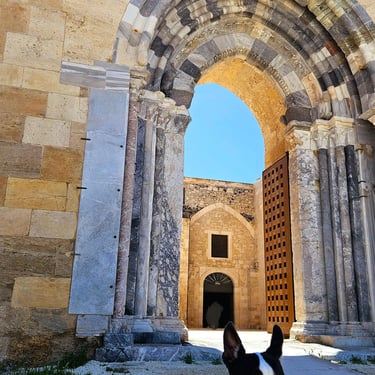
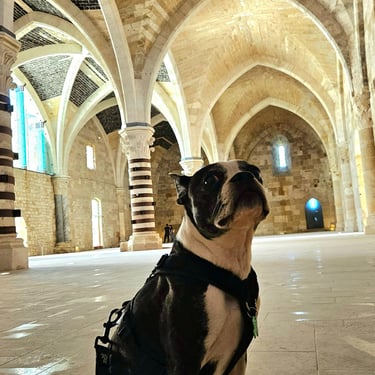
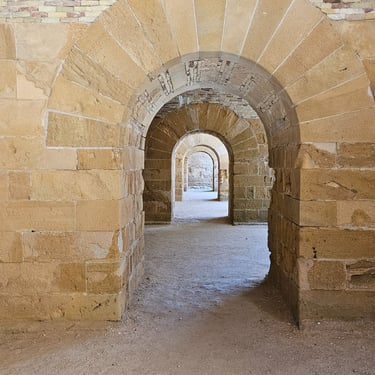

Ortigia, Syracuse.
Bacon's rating of interest; ⭐⭐⭐⭐/5


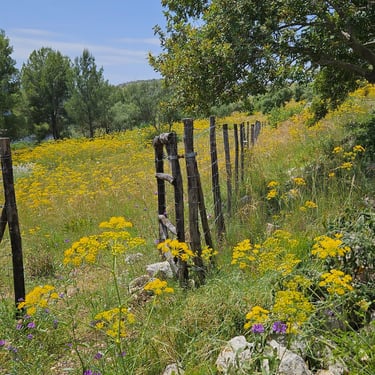







Rocky Necropolis of Pantalica
Neapolis Archeology Park
World Heritage Convention (WHC).
Read about UNESCO and the selection criteria and view the current and pending list and more.
Download the UNESCO App to learn about, and keep track of the sites you visit.
Bacon's rating of interest; ⭐⭐⭐/5
Bacon's rating of interest; ⭐⭐/5
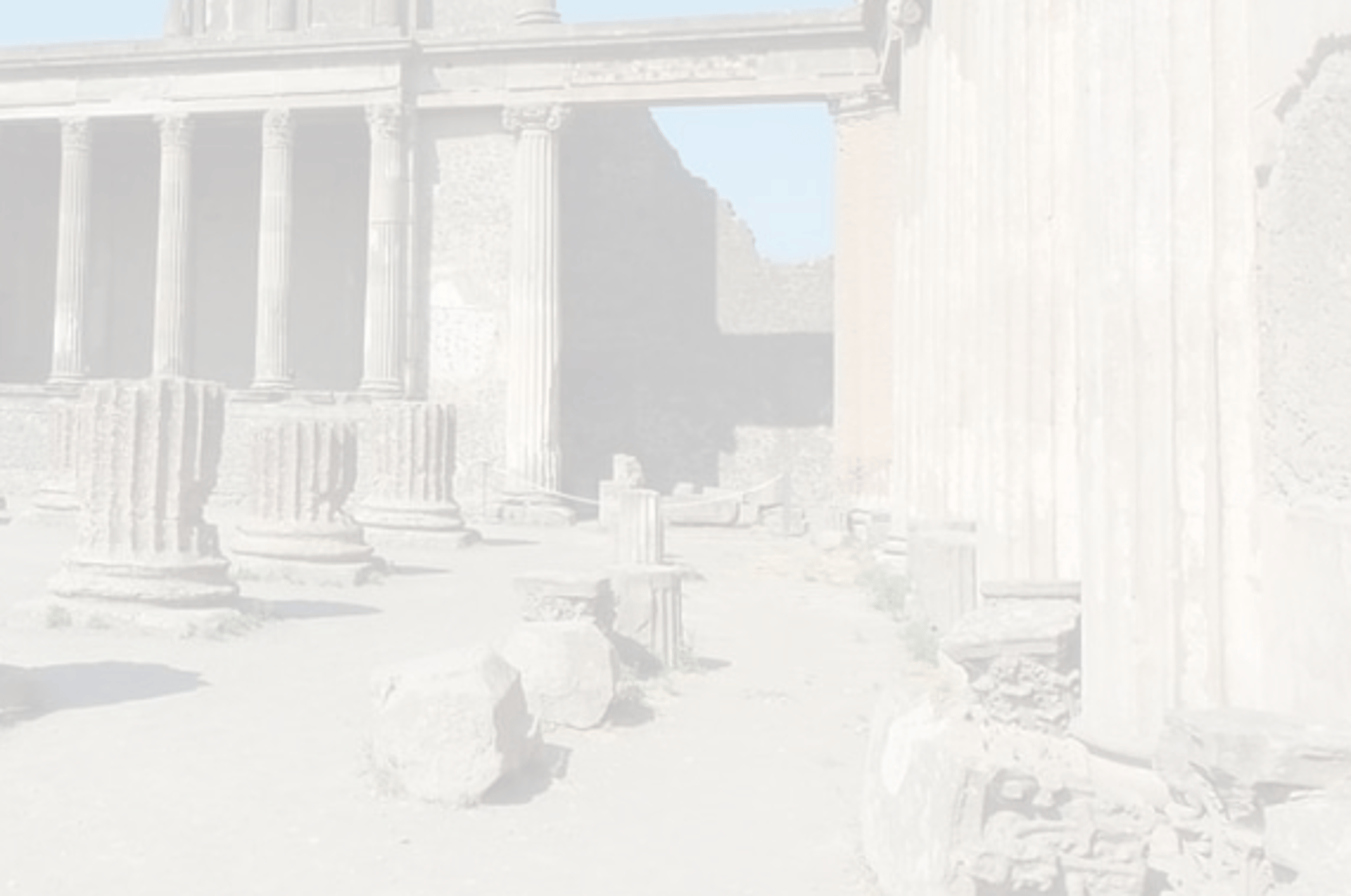


Turin/Torino
The facts; Turin is a city of elegance, history and several UNESCO-listed architectural treasures that highlight its royal legacy. The Residences of the Royal House of Savoy, a collection of stunningly opulent palaces and huge hunting lodges, were designated a UNESCO World Heritage Site in 1997. The Royal Palace, in the historic center of Turin, symbolises the power of the Savoy family dynasty and reflect Turin’s role as the center of European Baroque artistry.
Start at the Royal Square where Madama Palace stands, with its elegant facade designed in the early 1700s.
Carignano Palace, overlooking Piazza Carlo Alberto, was the residence of the Princes of Carignano from 1694. Valentino Castle, along the banks of the Po, exhibits a distinctly French style and Villa della Regina (Villa of the Queen), with its 17th and 18th century paintings, original period furnishings and huge Italian garden featuring a large fountain with a marble sculpture of the god Neptune is absolutely worth a visit.
The tips; Take the uphill stroll to visit the Villa della Regina, its worth the views! Entry €10.
The opinion; Turin has many architectural sites aside from the Houses of Savoy to see. Within the city center, turning each corner holds another stunning building.
Bacon's rating of interest; ⭐⭐⭐½ /5

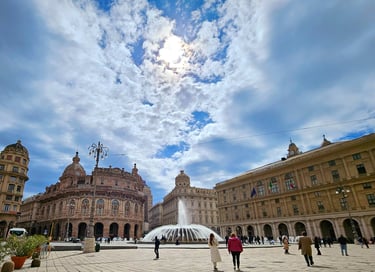

Genoa
Bacon's rating of interest; ⭐⭐½ /5
The facts; Italian architectural brilliance. Positioned between the Ligurian Sea and the Apennine hills, Genoa is a city where captivating history and architecture intertwine. As one of Italy’s most important maritime republics, Genoa flourished from the Middle Ages through the Renaissance, leaving behind a legacy of stunning palazzi, intricate alleyways (known as caruggi), and grandiose churches.
With a collection of Renaissance and Baroque palaces that once hosted distinguished visitors, the elegance and historical significance earned Genoa a spot on the UNESCO World Heritage list in 2006. The UNESCO site includes 42 palaces, among the more than 100 ones still existing throughout the historic center of the city. In many cases, the palaces are privately owned and are either offices, or are still inhabited by noble families. But many can be visited all year round.
The tips; Get a map and start at one end of the UNESCO area and plan your path to the other side. Keep an eye on the building walls as that is where, in most cases, you will find the corresponding number to information. One to two days is enough to cover the sites.
The opinion; Unfortunately, during our visit to Genoa, we found the city to be quite untidy/dirty, with rubbish and graffiti visible throughout the UNESCO-listed area. However, the interiors of the buildings we were able to access were beautiful, still reflecting a strong sense of local pride.
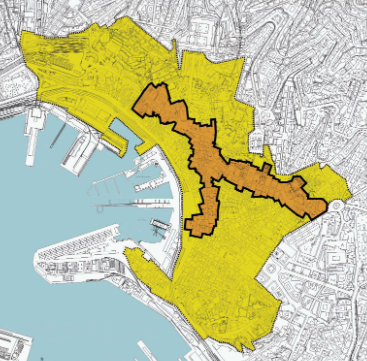

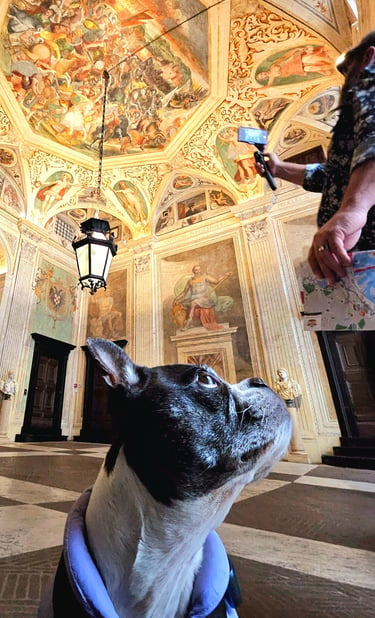

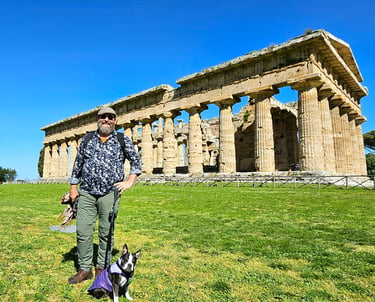

Paestum
The facts; Echoes of Rome in Stone
Tucked away along Italy’s southern coast, Paestum is a mesmerising, and remarkably well preserved, window into the ancient world. Originally a Greek colony known as Posidonia, it was later absorbed by the Romans, who left behind an extraordinary legacy of Greek temples (of the Doric Order), forums, and city walls. Today, Paestum is a UNESCO World Heritage Site (inscribed 1998), famed for its remarkably preserved Roman and earlier Greek architecture.
Walking through Paestum feels like taking a stroll into a forgotten chapter of history. It's not hard to imagine the grandeur of the grand Roman forum, paved roads, and amphitheatre of this historic city, while the site’s serene atmosphere sets it apart from more crowded destinations, it is still a very popular destination for visitors and students.
The tips; Stay at least a night to get some dawn or evening photos. Do your research on the location of the actual ruins if you are arriving by train. The site is a 15 minute (easy) walk from the station with some (very touristy) restaurants and limited accommodation very close by or the small town is a little further away. Knock yourself out if you are a walker, otherwise a bus from Salerno will get you right to the site.
The opinion; You will easily spend 2+ hours wandering around this fantastic UNESCO site. The grounds are huge, well tended and still being renovated. Tickets are available online or at the museum which is opposite the site. Go early to beat the buses of school children. Mostly wheelchair/pram friendly.
Tickets; Adult tickets during peak season are currently €15 which are valid for 3 days and also cover the museum entry fee.
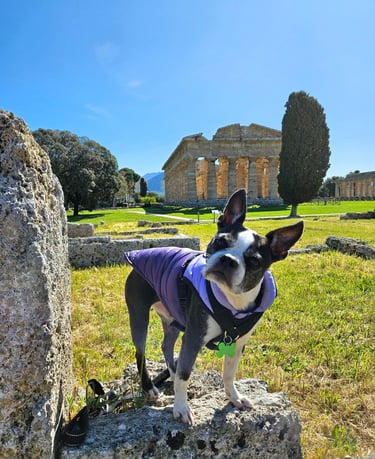



Bacon's rating of interest; ⭐⭐⭐⭐⭐/5


The facts; Cinque Terre, a rugged stretch of Italy’s Ligurian coast, is famed for its five (Cinque) colourful cliffside villages, Monterosso, Vernazza, Corniglia, Manarola, and Riomaggiore, each perched dramatically above the sea. Connected by scenic trails, terraced vineyards, and a charming local rail line, the region blends dramatic landscapes with centuries-old maritime culture. Just south of the Cinque Terre, the historic town of Porto Venere offers equally striking views, with its medieval castle, narrow alleys, and the iconic Church of St. Peter poised above the waves. Together, they form a UNESCO-listed coastline, inscribed in 1997, including 3 small islands, that captures the essence of Italy’s Riviera.
The tips; If planning on exploring all the villages, try to spread a visit over a couple of days, especially if wanting to complete some of the hikes. The Blue path (easy) has been blocked just outside of Manarola and is no longer passable. The Orange path is open but is strenuous with many stairs and climbs and takes a few hours.
The opinion; The towns are interesting in general, and unique from each other, though on arrival they are all poorly signed in as far as how to get to the town centers and where to start the trails. An unpopular opinion is they are overrated and the town folks are jaded with all the tourist. Porto Venere was the highlight of our visit with Manarola and Vernazza being the prettier towns of the 5.
The tickets; Varied prices for walks and trains, check out the link for your requirements - Cinque Terre Card
Cinque Terre & Porto Venere.
Bacon's rating of interest; ⭐⭐⭐⭐/5
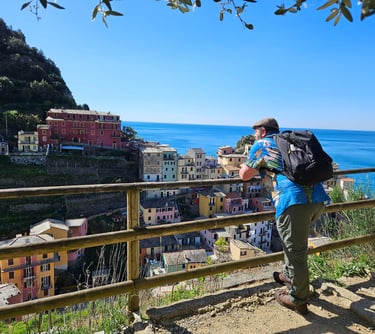

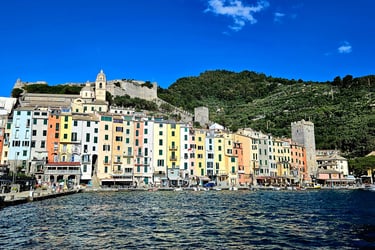




The facts; Historic hilltop town, Tarquinia, in central Italy, is a gateway to the ancient world of the Etruscans—a sophisticated civilisation whose origins remain a mystery. Renowned for its well-preserved necropolis, the Monterozzi Tombs, recognised as a UNESCO World Heritage Site in 2004, the area offers a rare glimpse into a culture that predated and greatly influenced Rome. The underground tombs are adorned with vivid frescoes depicting banquets, dancers, and mythical creatures, offering an evocative portrait of Etruscan life and beliefs. Above ground, the town charms with its medieval towers, quiet alleys, and the excellent Museo Nazionale Tarquiniense, which is actually located in the historic part of town and houses treasures excavated from the surrounding area.
The tips; Stay in the old town, it is magic and vastly underrated! The Tombs are an easy 15 minute walk away and go early to miss the crowds as the tombs are narrow and don't fit many people in at once. Only one tomb is wheelchair friendly. Allow at least 2 hours to see all of them.
The opinion; The 4 star rating covers the level of interest of the Tombs, the museum and the historic town put together. The museum houses great artifacts in its beautiful building but is very short on English translation. The historic town was a huge surprise as it never appears on any of the lists for Italy's lovely towns, yet deserves to.
The tickets; €10 Adults, grants access to the Tombs and the museum. The Tombs are pet friendly but the museum is not.
Tarquinia.
Bacon's rating of interest; ⭐⭐⭐⭐/5

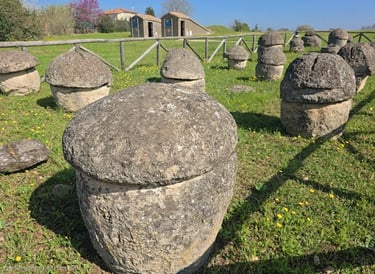
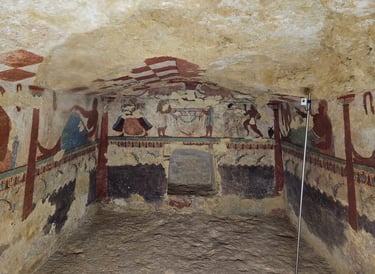

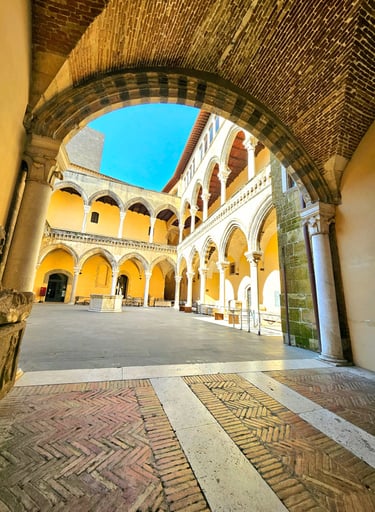


Mount Etna, Sicily.

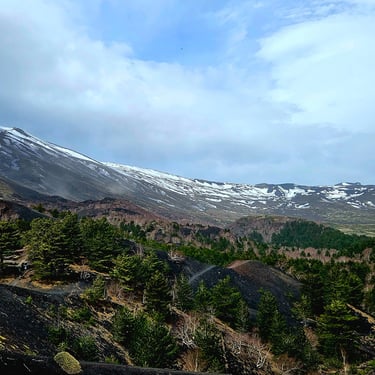
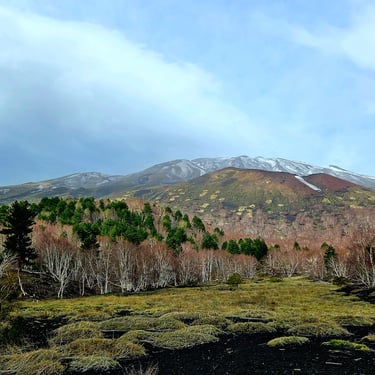
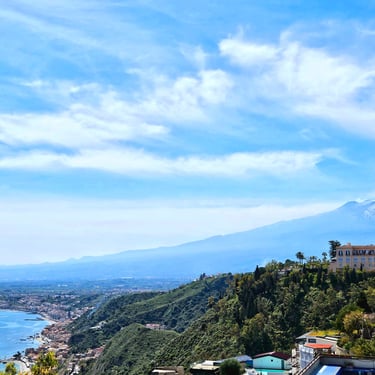
Bacon's rating of interest; ⭐⭐⭐/5
Etna People half day tour, €75 p/person includes light lunch from Taormina, Sicily.

The Late Baroque Towns of Val di Noto, Sicily.
Bacon's rating of interest; ⭐⭐⭐/5
The Late Baroque Towns of the Val di Noto are a group of eight towns in southeastern Sicily, Italy, that were rebuilt in a distinctive Baroque style after the 1693 earthquake. These towns are considered a significant collective testament to late Baroque art and architecture, and are a UNESCO World Heritage Site.
The eight towns are: Caltagirone, Catania, Militello Val di Catania, Modica, Noto, Palazzolo Acreide, Ragusa, and Scicli.

Part 1 of 2, four towns.
More Italian UNESCO content loading...⏱️

Part 2 of 2, four towns.
Amalfi Coast
Florence
Medici Villas & Gardens
Naples
Pienza
Pisa
Pompeii & Herculaneum
Rhaetian Railway
Rome
Royal Palace of Caserta
San Gimignano
Siena
Val d’Orcia
Venice
Villa d’Este
Villa Hadriana

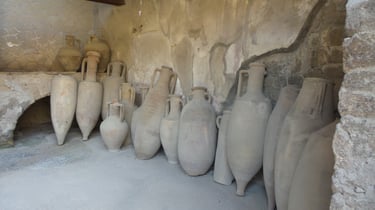
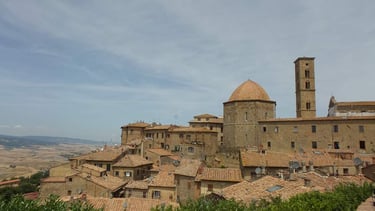
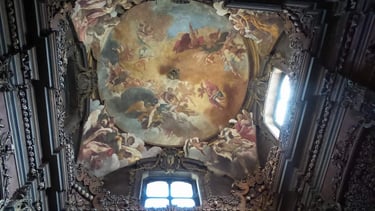
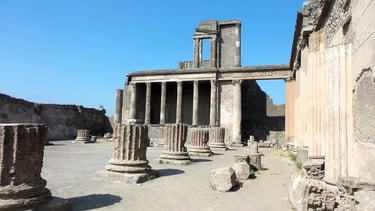
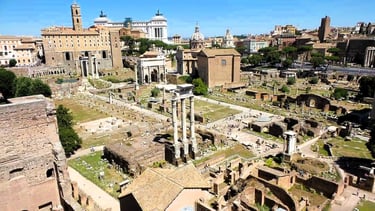
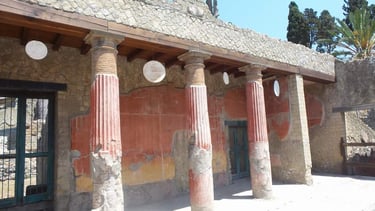
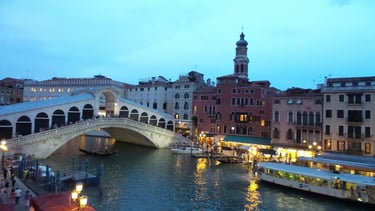
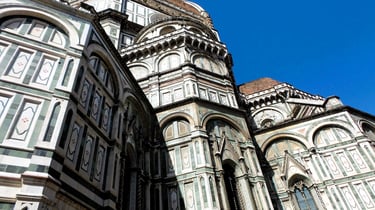




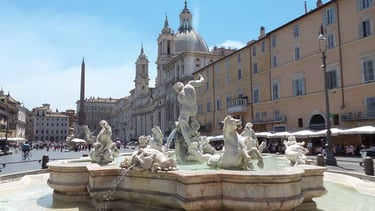

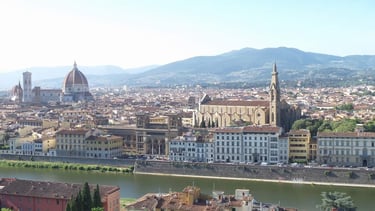
















Where we have previously been.
Address
Anywhere our adventures take us



